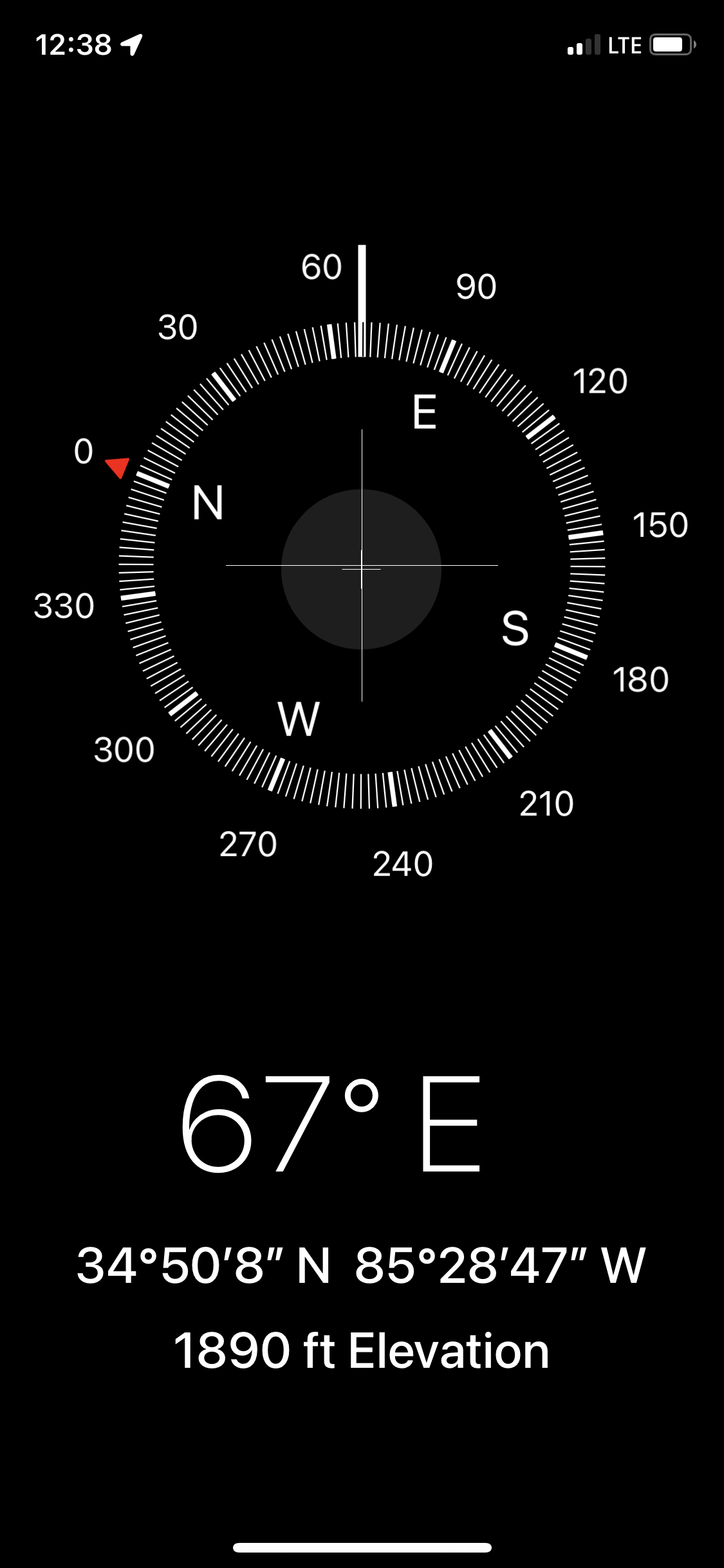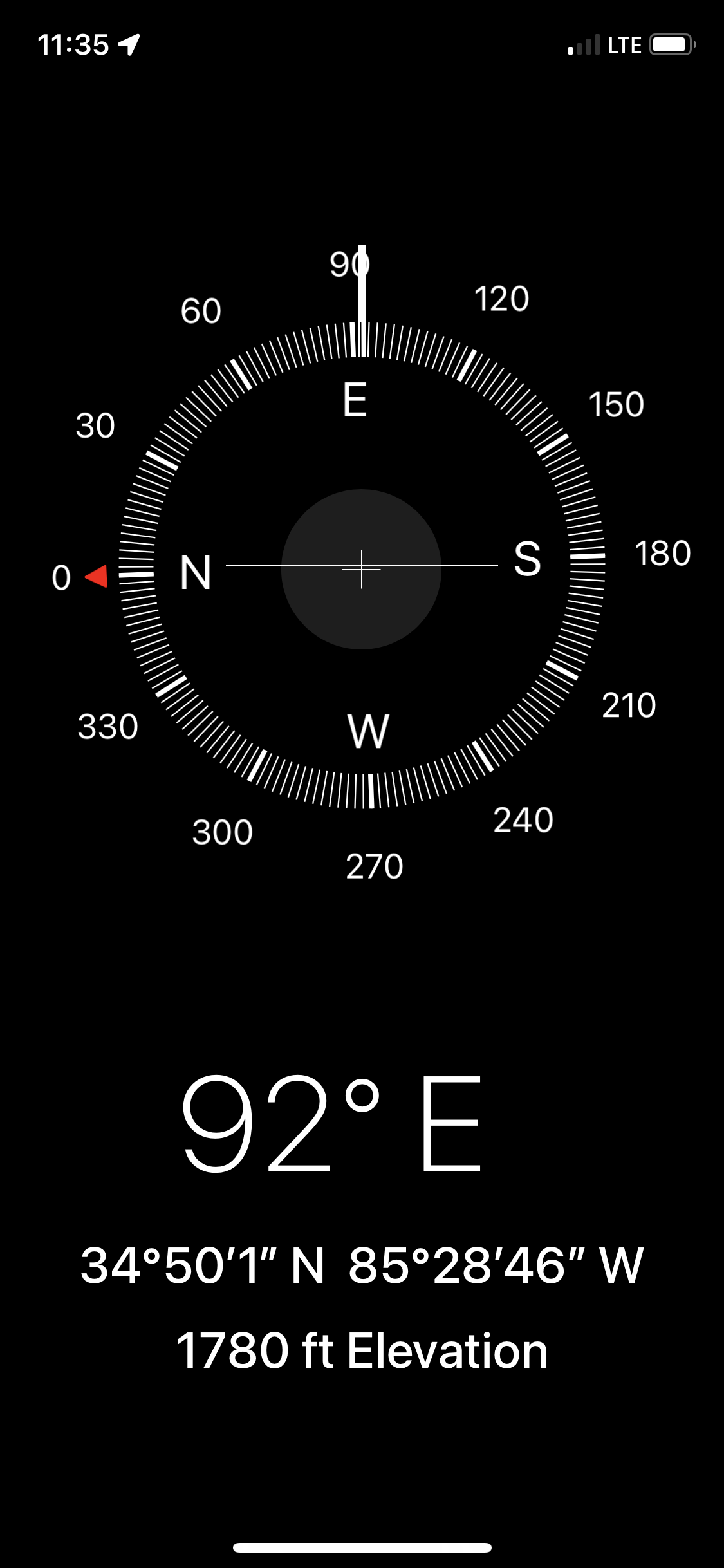The short answer … nothing world changing really.
But honestly I have learned a lot about what it takes to make contact with a QRP radio. The most important part is you setting up the radio and trying to make contact with it. I know this sounds obvious but it is often overlooked as people will look at the band prediction information like the space weather forecast and such and get paralysis through analysis from, this. They will not even bother to turn on their radio. This is a sad result that generates no activity and creates a group of operators that do not operate…
The next best thing I have learned from doing this small experiment is that I was not collecting near enough data to have a informed answer in any way, shape, or form. I was literally only recording my transmitter power, the signal reports (and this is totally subjective and not accurate really), and the antenna direction then generating a QSO map of my contacts from that time. This is not enough information to have any sort of relevant value to even bother with documenting the antenna position or elevation or any of that stuff. What I did learn though is that the antenna elevation and the counterpoise make a large difference and how well the antenna performs if you’re using wire antennas. I would attempt to get the wire as high in the trees as possible and it always seemed that the radio would here and talk much better when I did.
Antenna direction
I posted once on Facebook about this phenomenon of antenna direction and the location of the contacts and a reply was made that I had a omnidirectional contact chart mainly because I was where the radio operators were also at. This was said as a joke but it actually had merit. This actually made a lot of sense. What the charting of my contacts does show is that there is almost 0 NVI (near vertical incident) with wire antennas strung in the trees. Almost all of my QSO contacts are several hundred miles away usually showing that the near vertical incident is almost nonexistent with my wire antennas.
What this has basically taught me is that even if the prediction is for poor band conditions get out and try anyway this will normally result in you at least making a few contacts if not getting an activation in a park or just having a good time in general you don’t have to sweat it too much just get the wire up in a tree put out a counterpoise of some form and the antenna will do its job once you tune it with a tuner. It’s all the better if it is a resident antenna anyway as you do not have to tune this antenna to be able to use it.
Antenna Direction
Parks on the air is a wonderful activity and I really would recommend you try it out if you have not done it already it is a lot of fun and I get to operate QRP radio in the park and I’ve become the DX! This is something that I have never experienced under normal operating conditions as a US amateur operator. It is literally not something that happens to me normally. So if you want to try out being the “DX” this is an easy way to do it without breaking the bank from having to travel lol



